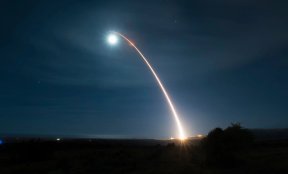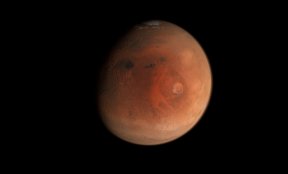Being almost the holidays, this might be a good time to talk about space tourism.
Let’s ignore the advertising of well-known rocket launch companies and the hyperventilating of overly enthusiastic journalists for a moment and imagine that we have actually entered “the era of space tourism” (CBS, Reuters, The Guardian, Al Jazeera, The Conversation (!), et al.). Space tourism actually goes back to 1964 when an Australian journalist (let’s call him Gerhard) first booked a trip to the Moon through his travel agent. The agent forwarded Gerhard’s query to Pan Am, who were more than happy to take his money (by all accounts he would have been more than happy to give them his money too). Over 90,000 people were eventually booked on the flight, which was meant to depart in the year 2000, but Pan Am had gone bankrupt in 1991 and the flight never happened (sad face). Nowadays though, space flight occasionally reliably departs on time, and everyone wants a piece of the market (even Boeing’s contract with NASA allows them to sell seats on Starliner to space tourists).
It’s not cheap though. Seats with Virgin Galactic or Blue Origin typically cost between \(250,000 and\)500,000 (which equates to about \(100,000 per minute, give or take), which is a lot less than the\)28-million that was paid for a seat on Blue Origin’s first flight (the flight lasted 10-min with about 2-min being in ‘space’). But there are cheaper ways.
Companies like Space Perspective and World View offer a different experience. For only around $50,000 you can spend up to 12-hr in a pressurised capsule beneath a hydrogen filled balloon, floating up to an altitude of about 100,000’ (33-km) – absolutely nowhere near space by any definition. If you were wondering, 100,000’ is right in the place that most (all) scientists refer to as “Earth’s atmosphere”. The boundary of actual space is universally agreed to be either 80-km (for the US Air Force, so the X-15 pilots could be recognised as astronauts) or 100-km (the Karman line, because it’s a nice round number), or 118-km (according to science, this is where energy flows change) or maybe 122-km (which NASA used for the shuttle because it was the point at which it switched from thrusters to aerodynamic surfaces). Anyway, none of that has stopped the afore-mentioned companies from marketing their balloon rides as flights to “the edge of space”. That’s a very blunt edge.
At least space travel like this is fairly safe. The fatality rate is about 3.3% which is roughly equivalent to the average odds of dying from all preventable causes. No balloons have been lost (admittedly they haven’t flown yet) and only a few tourist rockets have blown up or crashed. Blue Origin have lost 2 rockets in 30 flights, but both were uncrewed. Also, one of those was a long time ago (the other was in September this year). Virgin Galactic lost a crewed spacecraft, but one of the two pilots survived. And anyway, that was during testing so does it really count?
Now, there is a waiting list, but Shatner (Captain Kirk) was 90 when he went to space, so time is probably on your side. If you are willing to hand over \(50,000 or more for a few minutes of not-really-space experience, I know of a great investment where you can have an actual star (the fusion reaction kind, not a celebrity) named after you. For the bargain price of just\)45, you can officially name a star (one of the ones you can see) and have the name filed in the Public Universal Registry (a real place). You get a certificate of registration (a digital one, you have to pay more for paper) and a link to an otherwise free astronomy app that will let you see your named star up close (with the actual scientific name of the star provided for reference). Send your money care of me. Makes a great Christmas gift.
TL;DR – If you have lots of money there are better ways to spend it than on space tourism







